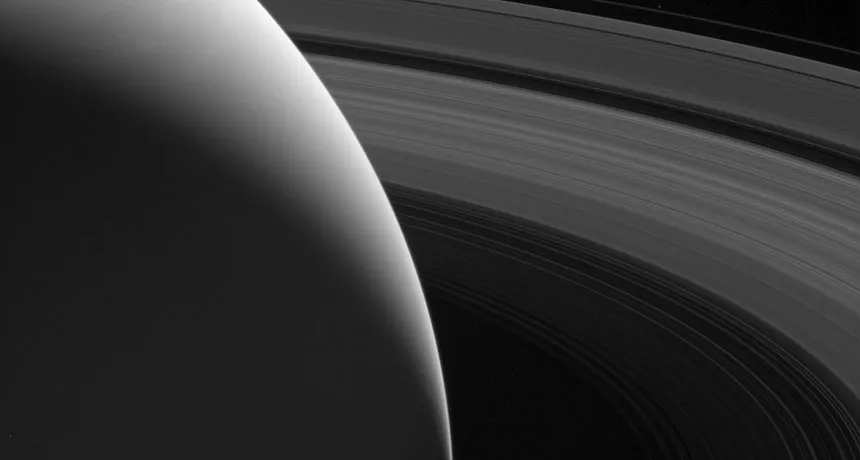Saturn’s rings are surprisingly young and may be from shredded moons
Data from the Cassini spacecraft show that the gas giant didn’t always have its iconic icy bands

BABY FACE Saturn’s rings (shown in an image taken by NASA’s Cassini spacecraft on August 12, 2017) are relatively young, a few hundred million years old at most, astronomers say.
JPL-Caltech/NASA, Space Science Institute